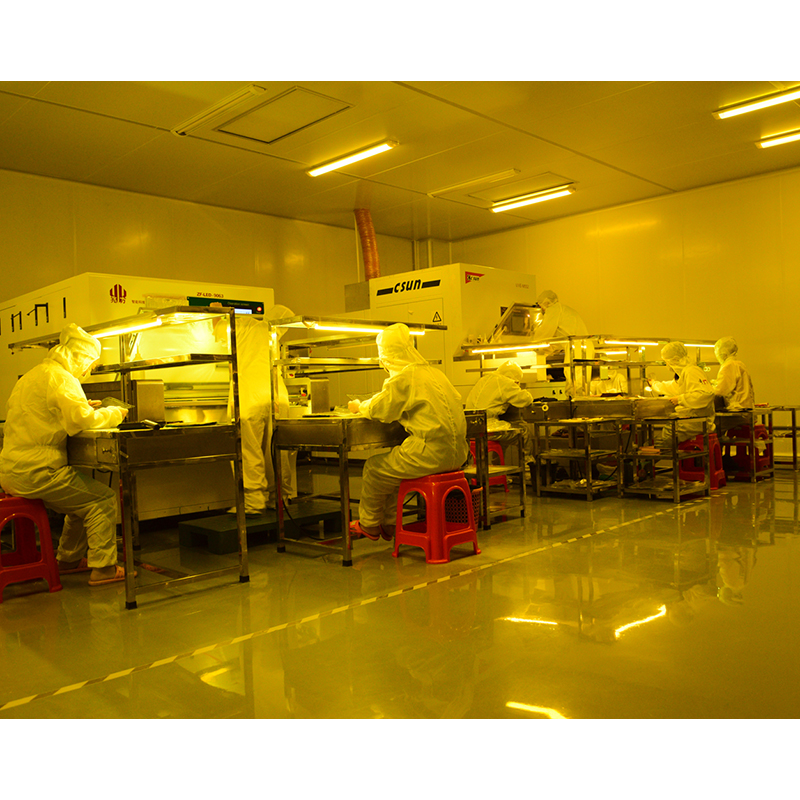Introduce:
In this blog post, we’ll delve deeper into the issue and explore the thermal performance and capabilities of rigid-flex boards.
In the field of electronics and electrical engineering, flexibility and reliability are key factors to consider when designing and manufacturing circuit boards. Rigid-flex panels are popular for their ability to offer the best of both worlds. These innovative boards combine the rigidity of traditional rigid boards with the flexibility of flexible circuits. While they offer many advantages, an important question often arises: Can rigid-flex boards withstand high temperatures?
Learn about rigid-flexible boards:
Before we delve into the thermal aspects, let’s first understand the basic concepts of rigid-flex boards. Rigid-flex panels are hybrid structures of rigid and flexible materials. They consist of a combination of a flexible circuit substrate (usually polyimide or liquid crystal polymer (LCP)) and a rigid FR4 or polyimide layer. This unique composition enables the board to bend, fold and twist, making it ideal for applications with complex form factors and space constraints.
Thermal management of rigid-flexible boards:
For electronic devices, especially those operating in harsh environments, thermal management plays a vital role. Excessive heat can negatively impact component performance and reliability. Therefore, it is crucial to evaluate the thermal performance of rigid-flex boards.
Temperature range:
Rigid-flex boards are designed to withstand a wide temperature range. The materials used in its construction have excellent thermal stability. Most commonly, polyimide and LCP are resistant to high temperatures, making them suitable for applications under extreme operating conditions.
High temperature performance:
Rigid-flex boards are known for their excellent high-temperature performance. They can withstand temperatures up to 200°C without significant degradation. This capability makes them suitable for applications requiring exposure to extreme heat, such as the aerospace, automotive and industrial sectors.
Heat dissipation:
Efficient heat dissipation is critical to maintaining the integrity and functionality of electronic components. Rigid-flex boards provide adequate heat dissipation capabilities due to their combination of rigid and flexible layers. The rigid layer acts as a heat sink, while the flexible layer enhances heat transfer. This unique combination helps distribute and dissipate heat, preventing localized overheating.
Component Notes:
While rigid-flex itself has excellent thermal resistance, it is critical to consider the thermal specifications of the components used. The operating temperature limits of components should be consistent with the thermal capabilities of the circuit board to ensure overall system reliability.
Design guidelines for high-temperature rigid-flex boards:
To ensure optimal thermal performance, designers need to adhere to specific guidelines during the circuit board design process. These guidelines include:
1. Proper component placement: Place heating components strategically on the board for effective heat dissipation.
2. Thermal conductive materials: Use thermal conductive materials in key parts to enhance heat dissipation.
3. Thermal vias: Integrate thermal vias under the radiator or component to provide a direct heat dissipation path.
4. Thermal pattern: Use a thermal pattern around the copper plane to enhance heat dissipation.
In conclusion:
To sum up, hard-soft boards can indeed withstand high temperatures. Due to their unique composition and material properties, these boards exhibit excellent thermal stability and performance. Rigid-flex boards have proven to withstand temperatures up to 200°C, making them a reliable choice for applications that require heat resistance and flexibility. By following appropriate design guidelines and considering component specifications, engineers can effectively utilize rigid-flex boards in high-temperature environments. As materials science and engineering continue to advance, we can expect further improvements in the thermal performance of these superior boards.
Post time: Oct-06-2023
Back







